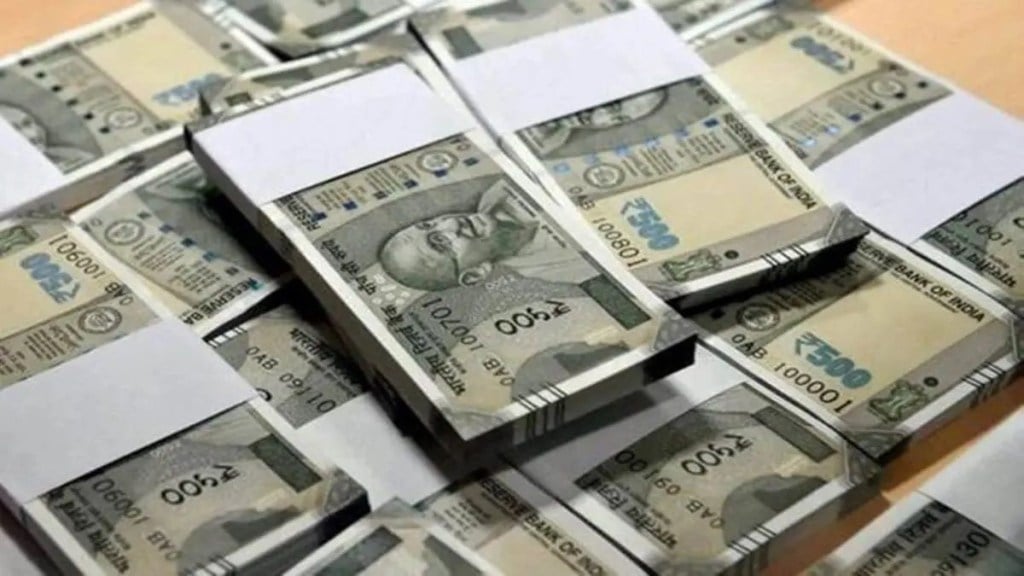– By Sankar Chakraborti
There was an unmistakable conviction in the way Prime Minister Narendra Modi presented India’s growth story during his visit to the US. As he highlighted India’s economic transformation over the years, drawing investors to join the country’s development journey, there were mixed reactions ranging from open criticism, and shades of doubt to belief and excitement about the seismic shifts that are yielding visible outcomes.
Strengthening domestic demand, a growing consumer market, a thriving startup ecosystem, significantly increased government spending on infrastructure, and the digital wave, are configuring India’s reform trajectory. Additionally, industry-friendly initiatives like Production Linked Incentive Scheme (PLI) are shaping the economy and attracting investments. The world is watching as India forges strategic partnerships with other countries in trade and defence.
This is despite the fact that the pandemic did create a huge roadblock. With India, the entire world felt the impact of inflationary pressures and many economies like the Euro Zone have already slipped into a mild recession. The MSME sector was hit hard with a severe impact on the hospitality and the tourism sectors.
Here Speeding up collateral-free automatic loans for businesses, enhancing agricultural credit and infrastructure funds, and announcing a massive Emergency Credit Line Guarantee Scheme (ECLGS) amounting to Rs 5 Lakh Cr for MSMEs and the impacted sectors were much-needed, welcome initiatives.
One can be overly critical of the government but let’s not forget the times we were in. When the economy was completely disrupted by the lockdowns, measures like the free food grain scheme (Pradhan Mantri Garib Kalyan Anna Yojana) for 80 Cr people, free cooking gas for 8 Cr families, direct cash transfer to more than 40 Cr farmers and the Pradhan Mantri Garib Kalyan Package valued at Rs. 2.76 Lakh Cr served as a cushion against the Covid induced distress. I need to hardly expound on the other critical measures during Covid such as training and capacity building for healthcare professionals.
Undeniably, India’s fiscal position deteriorated during Covid. Yet, as against the major economies of the world, India recorded a substantial recovery in FY22 and FY23 with strong real GDP growth rates of 9.1% and 7.2% respectively, in line with the mission of becoming a $5Tn economy by 2025.
At this point, let’s review how the government handled the termite of inflation. Generally, inflation in India is vulnerable to food prices. To its credit, the government, instead of allowing inflation to spread like wildfire, took proactive steps through cuts in import duty, cut back on exports, reduction of stock holding limits, or raising MSP. However, we may not be done with the inflation problem yet as fresh risks have emerged due to El Nino and the monsoon performance in the current year.
Further, one of the foremost challenges this government faces is the perception of rising unemployment and layoffs, though recent data indicate a dip in the unemployment rate (CMIE May-23). Here I argue that while job creation is certainly a systemic requirement but making oneself fit for the job by acquiring relevant qualifications and skills is an individual responsibility. The popular trend of job hopping for a few extra grand, focus on earning more than learning, and growing dependence on Government Schemes and Sops to fend for the family are some worrying trends that are plaguing the society along with impacting the economic and fiscal parameters. However, changing citizen preferences and evolving consumer needs are two key parameters that no Government or authority can ignore; The same applies to India too.
Like the various schemes, initiatives, and policy decisions that are required to evolve with changing times and the demography of the economy, behavioural parameters become equally significant influencers and must be observed keenly.
The adoption of Direct Benefit Transfers (DBT) through the JAM (Jan Dhan Account – Aadhar – Mobile) architecture is one such example of modern-day policy decision. While it is a great initiative that has revolutionised the way Indians undertake financial and commercial transactions but in some pockets, it has brought in a sense of complacency too and that’s a red flag I would want the Government to be mindful of. Another significant development that I would like to highlight to conclude my arguments is the impressive growth of private capital and the Government’s conscious efforts to build the same.
As they say, success breeds success and that’s exactly evident in the strong private capital market of India. A strong economic outlook in the backdrop of a stable macroeconomic framework, powered by structural enablers, and China + 1 tailwinds are strong contributors to this sentiment. No wonder hence that despite a significant contraction in the region, India’s share of PE-VC investments in Asia Pacific increased from less than 15% to ~20% in CY2022. Amidst these encouraging developments across the board, I am certain that India is well on its path to achieving the status of the third-largest economy by touching the $7Tn mark by 2030.
(Sankar Chakraborti is the MD & CEO of Acuité Ratings.)
Disclaimer: Views expressed are personal and do not reflect the official position or policy of Financial Express Online. Reproducing this content without permission is prohibited.

